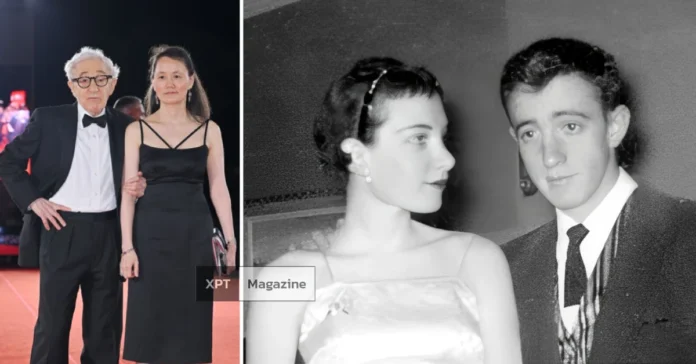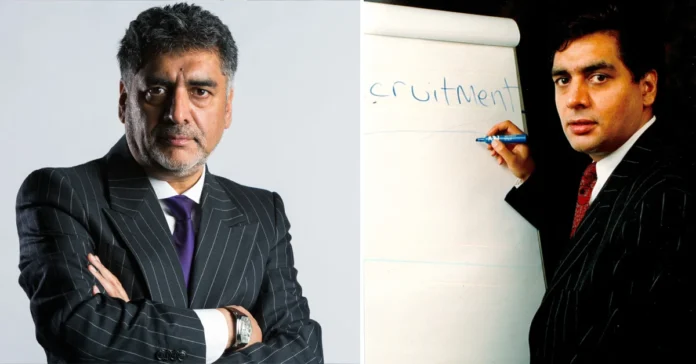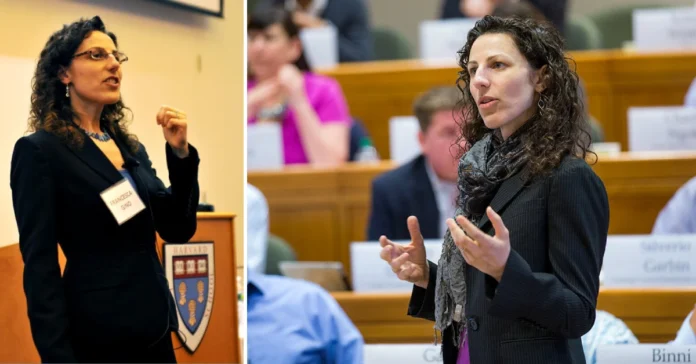Most people know Woody Allen’s later relationships made headlines for decades. But his first marriage? That story barely made a ripple. Harlene Rosen married the young comedian when both were teenagers in 1950s New York, years before fame changed everything. Their union lasted just a handful of years, yet it set the stage for Allen’s complicated romantic history. What happened to the woman who knew him before the cameras, the controversies, and the celebrity?
Who is Harlene Rosen?
Harlene Rosen is best remembered as Woody Allen’s first wife, though she spent most of her life avoiding that label. Born Harlene Susan Rosen in the mid-1930s (sources conflict on whether it was 1934 or 1936), she grew up during an era when women often disappeared into their husbands’ stories. She married Allen when he was still Allen Konigsberg, a struggling writer crafting jokes for television shows and nightclub acts. Their marriage began before Allen became the neurotic filmmaker the world would recognize, and it ended just as his career started gaining momentum.
Unlike Allen’s later partners, Rosen chose privacy over publicity. She gave no interviews, wrote no memoirs, and kept her distance from the entertainment world. This silence made her something of a mystery, a footnote in biographies that focused on Allen’s rise to fame.
Early Life and Background
Details about Rosen’s childhood remain scarce, partly because she guarded her personal history and partly because journalists rarely looked beyond her connection to Allen. She likely grew up in New York, possibly Brooklyn, during the 1940s and early 1950s. This was post-war America, when young people married earlier than they do now, and women’s identities often merged completely with their husbands’ careers.
Friends from that time described her as intelligent and quietly confident, though these descriptions come filtered through decades and through people who knew her primarily as Allen’s spouse. She attended high school in New York, where she and Allen crossed paths in their teenage years. What drew them together remains mostly unknown, though both came from Jewish families navigating life in mid-century New York.
Young Love: Meeting Woody Allen
Harlene Rosen and Woody Allen met in the mid-1950s when both were teenagers. Allen was already writing comedy material, selling jokes to newspaper columnists, and trying to break into television. He hadn’t yet adopted the stage persona that would define his career—the anxious intellectual fumbling through relationships and existential crises.
Their courtship happened against the backdrop of 1950s New York, where young couples dated at diners and movie theaters, and marriage came quickly for those who fell in love. Allen was ambitious but broke, working odd jobs while pursuing his writing. Rosen saw something in him before anyone else did, before the awards and the acclaim. They decided to marry while still in their teens, a decision that would shape both their lives in ways they couldn’t predict.
Marriage at a Young Age (What We Know)
Harlene Rosen and Woody Allen married in 1956. She was somewhere between 19 and 22 years old, depending on which birth year you trust. Allen was 21. The wedding was small, attended by family and close friends, nothing like the media events his later relationships would become. Young marriages were common then, but the pressures they faced were timeless.
Sources disagree on exact dates and ages because public records from that era weren’t digitized, and neither party discussed the marriage publicly in detail. What we do know comes from court documents, biographical research, and passing references Allen made in interviews decades later. The couple lived modestly in New York while Allen worked to establish himself as a comedy writer.
Life Together: Ordinary Moments and Tensions
Their married life was ordinary in many ways. They lived in a small apartment, managed tight finances, and navigated the challenges any young couple faces. But Allen’s career ambitions created unique pressures. He worked long hours writing for television shows like “The Tonight Show” and developing his stand-up act. Success was coming, but slowly.
As Allen’s career gained traction, the gap between his public life and their private world widened. He started performing in nightclubs, traveling for work, and meeting people in the entertainment industry. Rosen, meanwhile, stayed mostly out of that world. She had her own interests and kept a lower profile, but the diverging paths created strain. Allen’s humor often drew from his personal life, and later he would joke about marriage and relationships in ways that some interpreted as references to Rosen, though she never commented publicly.
Why the Marriage Ended
The marriage unraveled in the early 1960s, though pinning down exact dates proves difficult. Some sources say they separated around 1959 and divorced by 1962. Others suggest the split happened slightly earlier or later. What’s clear is that the relationship couldn’t withstand the pressures of Allen’s rising career and their fundamental incompatibilities.
Allen later described the marriage as a youthful mistake, suggesting they married too young and grew apart as they matured. He didn’t assign blame publicly, though his comedy routines included jokes about ex-wives that some listeners assumed referenced Rosen. The divorce proceedings were relatively quiet compared to modern celebrity splits. No tabloid coverage, no public feuds—just two people ending something that wasn’t working.
Life After Divorce: Privacy and Public Mentions
After the divorce, Harlene Rosen essentially vanished from public view. She didn’t seek attention, didn’t write tell-all books, and avoided interviews. This choice protected her privacy but also meant her side of the story remained untold. While Allen’s subsequent relationships—particularly with Mia Farrow and Soon-Yi Previn—dominated headlines, Rosen stayed quiet.
Decades later, a curious legal note surfaced. The Times reported on a long-running dispute that had lingered for fifty years, eventually resolved. Details remained vague, but the mention confirmed Rosen was alive and still dealing with matters connected to her past with Allen. Beyond that, almost nothing is known about her later life—where she lived, whether she remarried, what career path she pursued. She kept those details private, successfully avoiding the spotlight that followed Allen everywhere.
Public Image: Photos, Press, and the “Forgotten” Label
Few photos of Harlene Rosen exist in public archives. The images that do surface show a young woman in 1950s fashion, standing beside a young Allen who hasn’t yet developed his signature thick-framed glasses and neurotic stage presence. These photos are grainy, black-and-white snapshots from a time before celebrity culture demanded constant documentation.
The press largely forgot about Rosen until Allen’s later controversies sparked renewed interest in his entire relationship history. Then, articles began appearing with headlines calling her the “forgotten first wife” or the “untold story.” But these pieces rarely added new information. They recycled the same basic facts: married young, divorced early, stayed private. The “forgotten” label stuck not because her story was unimportant, but because she refused to make it public.
What Reliable Sources Say—and What’s Uncertain
Reconciling facts about Harlene Rosen means acknowledging the gaps. Her birth year appears as both 1934 and 1936 in different sources, neither definitively confirmed. The marriage date is generally listed as 1956, though even this has variations. The divorce timing ranges from 1959 to 1962, depending on who’s reporting.
These inconsistencies exist because Rosen never corrected the record herself. Without her voice, researchers piece together information from court documents, Allen’s interviews, and second-hand accounts. The most reliable details come from legal records and contemporary reports from the 1950s and 1960s, but even those have limits. What we can say with confidence: they married young, divorced within a few years, and she spent the rest of her life away from the public eye.
Where She Is Now (Summary + Respectful Closing)
Harlene Rosen would be in her late 80s or early 90s today if she were still living. Whether she is remains unknown. She successfully built a life separate from Woody Allen’s fame, achieving a kind of privacy that’s nearly impossible in the modern era. While Allen’s relationships became public spectacles, analyzed and debated for decades, Rosen’s choice to stay silent protected her from that scrutiny.
Her story matters not because of who she married, but because of what she represents: a person who refused to let one relationship define her entire existence. In choosing privacy over publicity, Harlene Rosen wrote her own ending to a story that began in 1950s New York with two teenagers who thought they’d found forever. Sometimes the most interesting stories are the ones people choose not to tell.




